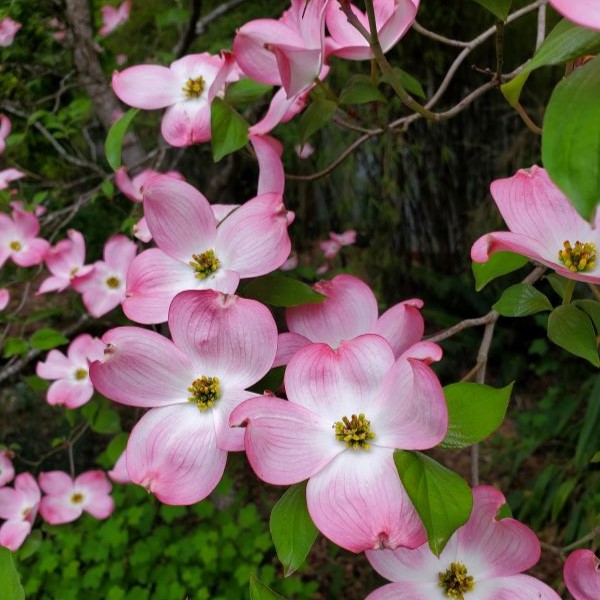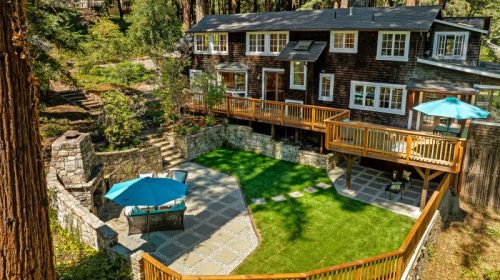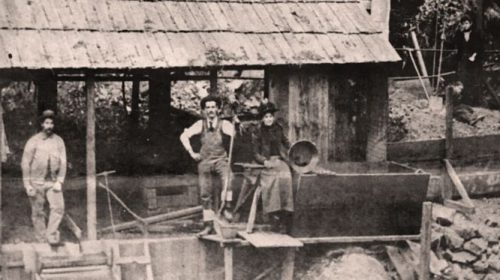Landscaping with Flowering Trees
By Josh Reilly
June is upon us. The plants seem to sprawl languorously in the blazing sun, doing nothing except tempting bees and photosynthesizing furiously. There will be long, warm afternoons sitting in the shade when the chores are done, the queen or king of all you survey. And whence comes that shade that mercifully cools your fevered brow? It’s never too early to start thinking about legacy. How might you be remembered after you have pulled your last weed, hung up your Carhartt overalls, and holstered your Corona pruners for the last time? What about planting a tree!
But wait! A lot of us live in or near a forest already. We have plenty of shade. Do we need more? Well, yes, as it turns out. In 2020, a large part of our local forest was catastrophically thinned by fire. So, if you have the space, patience, and vision, by all means, plant a coast redwood or one of our mighty oaks. A sycamore, incense cedar, or madrone (these can be difficult to start). Please, however, kindly spare us another blue gum eucalyptus!
For most of us though, smaller, fast-growing trees are better suited to mountain properties and existing gardens. If starting a new garden or renovating an old one, think about the trees early in the design process. You can add trees later, but not without some disruption. I planted a Santa Cruz Cypress seedling from our local Native Plant Society about 20 years ago. It was gorgeous, with light green needles, reddish wood, and an almost perfectly conical form. I thought it would be happy in front of my shade garden. It was. Very. By year 14 it was over 30 feet tall and crowding out the entire shade garden, the other inhabitants of which started to appear spindly and wraith-like. I really wanted to be part of a community growing local natives in their own habitat. Alas, I also wanted a shade garden. I had a local tree service company remove and chip it. The chips, mixed with those of some coast live oak trimmings, were applied to much of my landscape, thus adding tilth and keeping weeds at bay for a few winters. So, not a total waste, but not an inexpensive lesson learned either.
How to find local-adapted trees for your yard? Start by contacting Central Coast Wilds. From their base near Pogonip, CCW provides a wide selection of native tree seedlings sourced right here in the San Lorenzo Valley. They also provide consulting, restoration, landscape installation, and seed collection for residential and commercial clients, big and small. CCW provided some of the plant material for the native landscape at the new Felton Library if you want to have a look. Once established, many of our native trees grow vigorously here. Germinating, propagating, and establishing them, however, can be tricky. CCW does some of the tricky work for you.
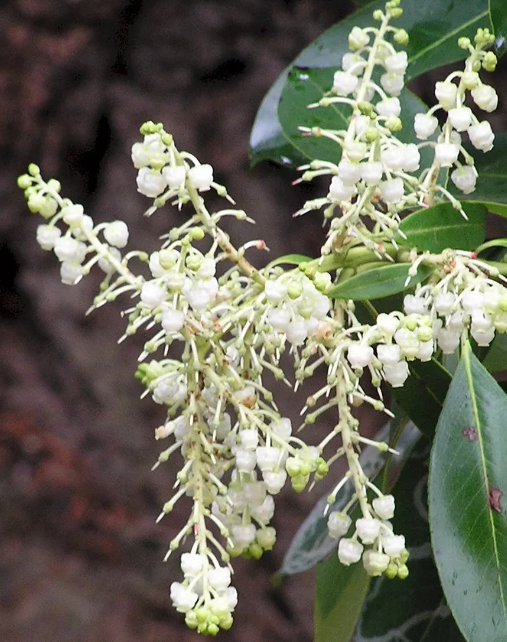
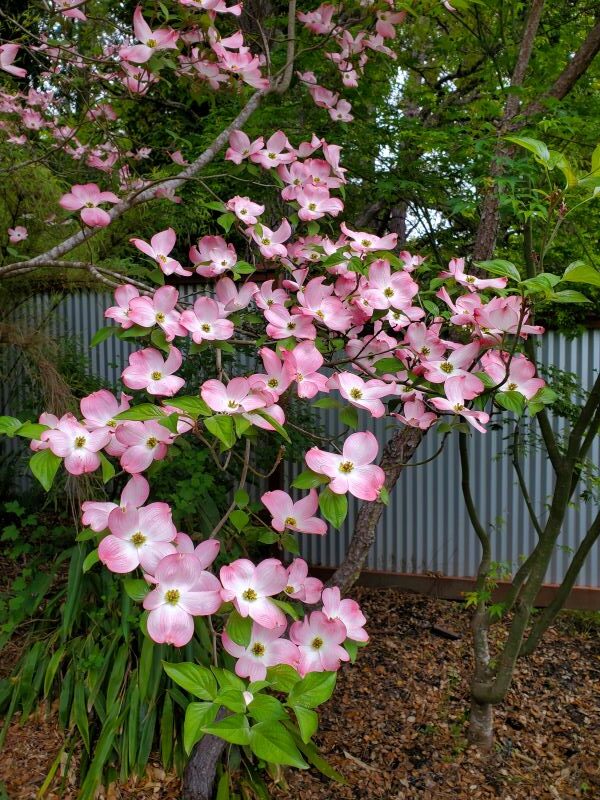
The folks at Scarborough Garden Center in Scotts Valley can help, too. They offer some natives, including Pacific Wax Myrtle, Madrone, Dogwood, and Ceanothus, along with a superb collection of Japanese Maples. By no means natives, Japanese Maples thrive in the SLV, given mixed shade. They require little water once established and tolerate well our extremes of summer heat and winter frost. Dogwoods make a fine flowering specimen tree that can be the standout Spring color feature of your yard, while usually growing no more than about 30 feet in height. Some get big enough to provide seasonal shade. Most grow better given some shade of their own. Our native Pacific Dogwood produces a burst of nearly pure white flowers starting in April but can be hard to grow due to fungus diseases and transplanting issues.
Remember that almost all these trees will need supplemental water at least monthly, Spring, Summer, and Fall, until well-established, when you should probably stop altogether.
Josh Reilly, aka Uncle Skip, writes about seasonal gardening from his home in beautiful Ben Lomond, California.
Featured photo: Cornus florida (Flowering dogwood) in the Ben Lomond garden | Photo by Josh Reilly
The San Lorenzo Valley Post is your essential guide to life in the Santa Cruz Mountains. We're dedicated to delivering the latest news, events, and stories that matter to our community. From local government to schools, from environmental issues to the arts, we're committed to providing comprehensive and unbiased coverage. We believe in the power of community journalism and strive to be a platform for diverse voices.

